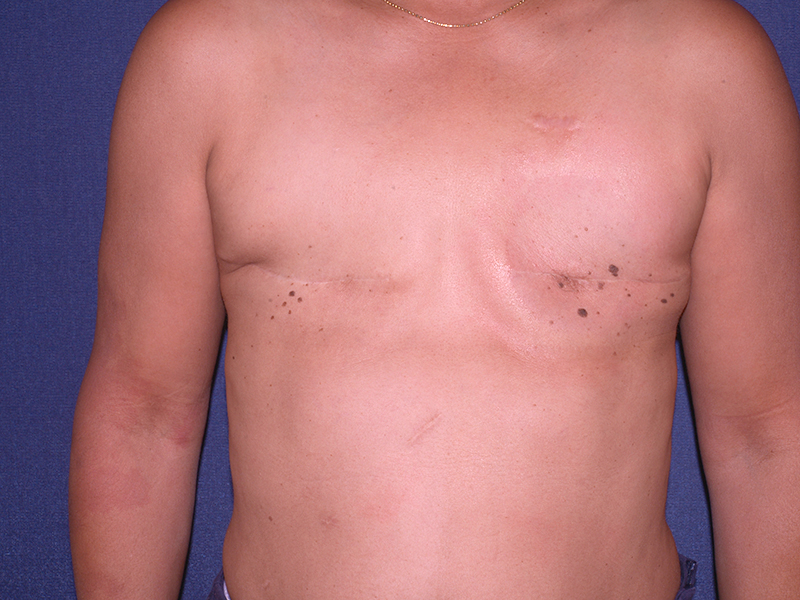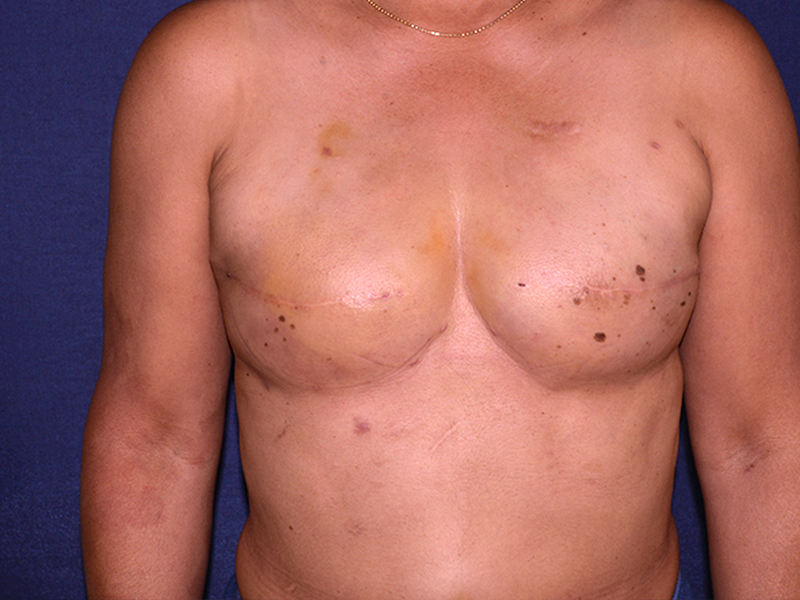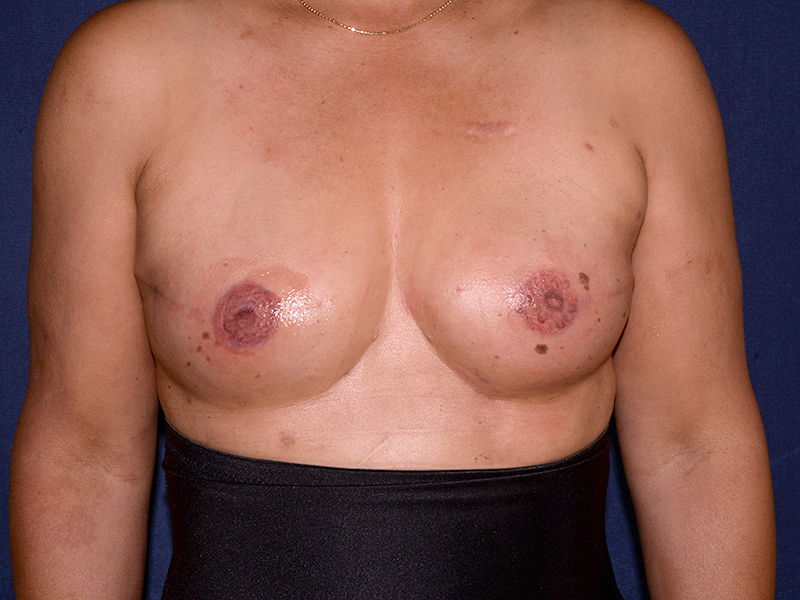Natural Breast Reconstruction with Fat Transfer
With recent advances in fat grafting techniques, it is now possible to reconstruct a breast following mastectomy with your own fat tissue. Dr. Becker is recognized both nationally and internationally as a leading authority in breast reconstruction, and has created his own methods and instruments to assist this procedure.
Fat transfer is performed by harvesting fat in the same way that liposuction is performed. Fat is usually harvested from the abdomen, flanks or thighs, resulting in improved contour to the body. This procedure uses natural fat with collagen and stem cell and growth factors obtained from the patients own fat and blood.
The Procedure
The procedure is performed by using a variety of procedures, including external expansion or BRAVA® which stretches the skin making space for the fat grafting. Tissue expansion can also be performed with saline injections prior to fat grafting.
Fat grafting is performed by harvesting fat in the same way that liposuction is performed. Fat is usually harvested from the abdomen, flanks or thighs, resulting in improved contour to the body.
The fat is specially prepared, removing oil that resulted from the fat grafting procedure. The fat is then mixed with PRP (platelet rich plasma) or PRF platelet rich fibrin. The platelet rich plasma is harvested from your own blood; the red cells are removed leaving the concentrated plasma which helps with fat graft survival. The result is that you retain your own tissue with sensation.
Dr Becker has recently developed a technique for reconstructing the breast at the same time as the mastectomy without flaps or implants.
Harvested fat is prepared using micronizer. This fat is then mixed with platelet rich plasma (from your own blood). It is then seeded on to an absorbable mesh (which is commonly used in surgery). The mesh is then laid over a Spacer which remains in place until a second procedure is performed to inject further fat.
If the breasts are relatively small the use of the spacer is not necessary, the mesh (Biomesh) is then layered to achieve the desired volume.
Further fat grafting can be done at a later stage for further volume increase.
Before shows following double mastectomy. After shows following breast reconstruction with fat grafting.
View all of this patient's photos
What to Expect
Usually two to three fat grafting sessions are required to achieve the desired result. Fortunately, most of these cases are covered by insurance.
The procedure can be initiated at the time of the mastectomy. Following mastectomy, fat can be injected into the underlying tissues and partially into the skin flap. Alternatively, a temporary adjustable implant can be placed at the time of the mastectomy. Subsequent fat grafting can then be performed, reducing the volume of the adjustable implant as fat replaces the volume. Finally, the adjustable implant can be removed.
Alternatively, following the initial fat grafting procedure, external expansion can be carried on for several weeks until the next fat grafting procedure is performed.
Patients Who Are Not Candidates
- If the patient has insufficient fat that can be harvested for the procedure.
- Patients undergoing extensive mastectomies
- Smoking. Smoking increases the risk of bleeding, poor wound healing and poorer fat survival.
- Chemotherapy, particularly Herceptin interferes with revascularization of the fat grafts. Aspirin and other anticoagulant medications, including herbal supplements that are known to have anticoagulant effects such as fatty acids, ginkgo biloba and vitamin E.
- Patients who do not wish to have multiple procedures.
Hilton Becker, M.D., F.A.C.S., F.R.C.S.
 (561) 347-7777
(561) 347-7777


